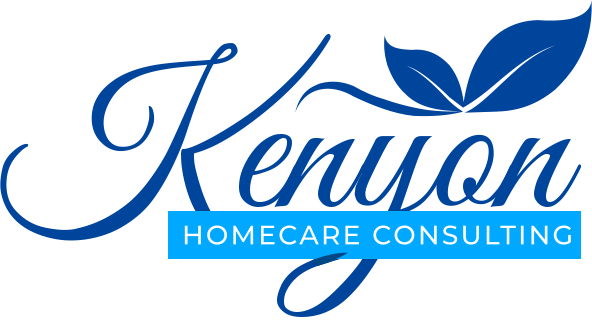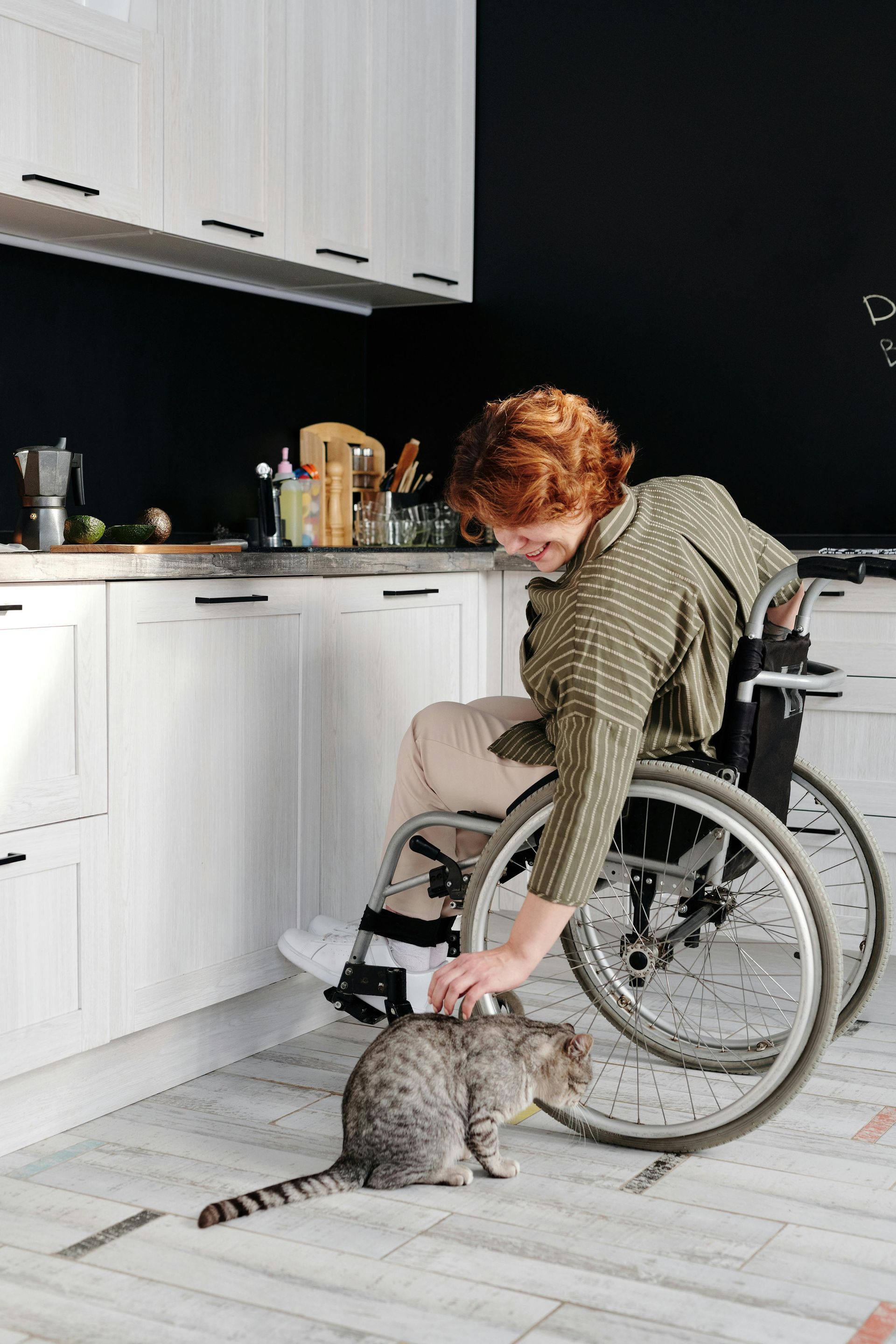Why Infection Control Remains a Top Concern in Home Health
Infection control is a crucial area of focus during home health accreditation surveys. Surveyors assess written policies and procedures and shadow clinicians on patient home visits to observe implementation of the practices that prevent infections and reduce risk. Depending on severity, infection control breaches may be reportable to state public health authorities, and these issues have been among some recently cited survey deficiencies. Understanding where home health agencies may fall short and actively addressing issues is essential for compliance and quality care.
Observed infection control breaches
- Errors in hand hygiene: Surveyors have observed clinicians failing to perform hand hygiene before and after patient contact or after touching potentially contaminated surfaces. Inconsistent availability of appropriate hand washing supplies can also lead to citations. Examples include using a patient’s bar soap and cloth bath towel rather than liquid soap and paper towels or alcohol-based hand sanitizer.
- Lack of personal protective equipment (PPE): Surveyors expect PPE use to align with agency policy and patient care needs. Common findings include failure to wear gloves (e.g., during wound care), absence of masks during respiratory procedures, or incorrect donning and doffing of PPE.
- Incorrect bag technique: How clinicians manage their bag of supplies and equipment—placement, use of necessary barriers, disinfection of multiuse items like blood pressure cuffs, stethoscopes, and thermometers—relates directly to infection prevention. If staff cannot correctly demonstrate these practices, it can result in survey deficiencies.
- Wound care: This high-risk area receives significant attention during surveys. Surveyors are likely to observe dressing changes and review documentation. Expired supplies, incorrect or missed dressing changes, and lack of proper technique for wound care often trigger citations.
- Improper handling of sharps: Surveyors check that clinicians follow safe injection practices for single-use items, disposal of sharps in approved containers, and relevant safety education for patients when sharps are used in the home.
Tips for improved compliance
- Review your policies and procedures: Verify that your infection control policies are up to date, reflecting the latest industry guidance, and comprehensive, addressing the scope of services you provide. Ensure that your staff has access to the policies and can demonstrate compliance through actual field practice.
- Train your staff : Provide infection control training at orientation and at least annually. Document the training for each individual staff member.
- Stock supplies: Provide clinicians with the proper PPE, hand washing materials, disinfectants, and sharps containers. Surveyors may ask to see your office supply or staff members’ car stocks.
- Use mock surveys: Direct observation of clinicians in the field or through simulated home visits in the office provide opportunities to verify compliant hand hygiene, PPE use, bag technique, wound care, and sharps handling. Provide immediate feedback and reinforce correct techniques.
Infection control compliance goes beyond policies, procedures, and clinical record documentation. It requires demonstration of adequate, observable, infection control practices in the home setting. By addressing common issues proactively, with ongoing staff education and regular internal audits, home health agencies can promote survey success while reducing risk for patients and clinicians, while improving quality of the care they provide.
By: Becky Tolson, RN, BS
Manager, Survey Operations
Posted: June 20, 2025
If your agency is cited for failed infection control practices, call Kenyon HomeCare Consulting at 206 721 5091 or email gkenyon@kenyonhcc.com for assistance.
Results Based Consulting
Did you find value in this blog post? Imagine what we can do for your home care or hospice agency. Fill out the form below to see how we're leading the industry with innovation, affordability, and experience.










